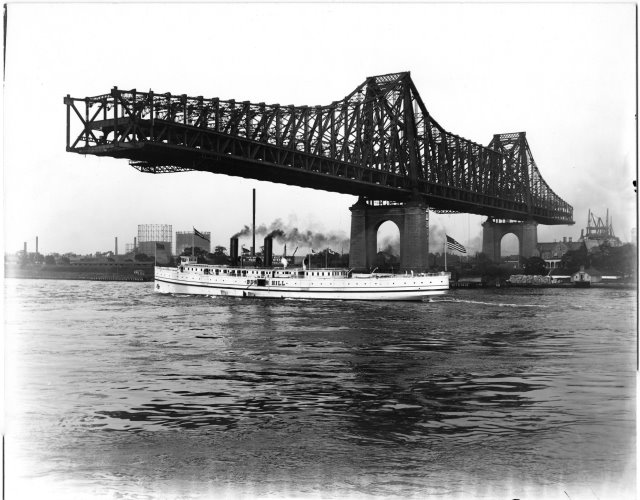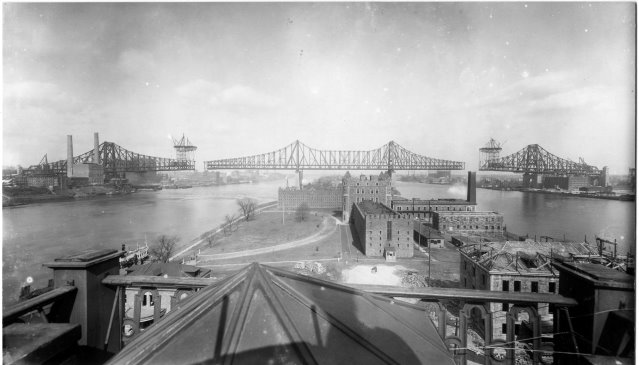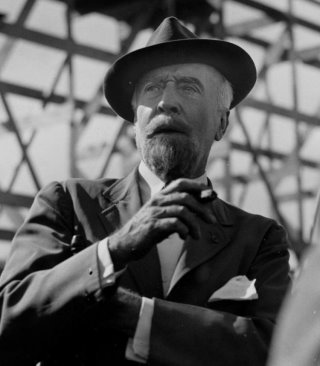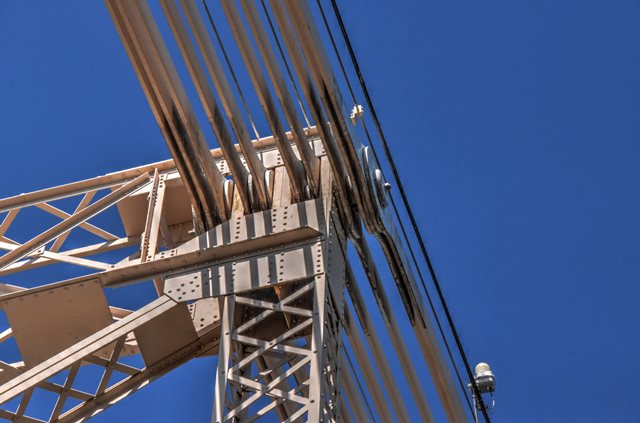We Recommend:
Bach Steel - Experts at historic truss bridge restoration.
BridgeHunter.com Phase 1 is released to the public! - Visit Now
Queensboro Bridge
59th Street Bridge, Ed Koch Queensboro Bridge, Blackwell's Island Bridge

Primary Photographer(s): Nathan Holth
Bridge Documented: September 3, 2019
New York: Manhattan, New York and Queens, New York: United States
Metal Cantilever 40 Panel Multiple-Type-Connected Baltimore Through Truss, Fixed and Approach Spans: Metal 6 Panel Rivet-Connected Warren Through Truss,
1909 By Builder/Contractor: Pennsylvania Steel Company of Steelton, Pennsylvania and Engineer/Design: Gustav Lindenthal, Leffert L. Buck, and Other Engineers
1957
1,182.0 Feet (360.3 Meters)
7,449.0 Feet (2270.5 Meters)
51 Feet (15.54 Meters)
5 Main Span(s)
2240048

View Information About HSR Ratings
Bridge Documentation
View Archived National Bridge Inventory Report - Has Additional Details and Evaluation
View Historic American Engineering Record (HAER) Documentation For This Bridge
HAER Data Pages, PDF
View New York City Landmark Designation For This Bridge
View National Register of Historic Places Nomination Form For This Bridge
View Historical Report About This Bridge
View Article About This Bridge
View Original Drawings and Engineering Reports About This Bridge
This bridge was the largest and heaviest cantilever truss bridges in America when it was completed. Even today, it stands out for its massive, double-deck configuration, elaborate system of approach ramps, and ornamental details including massive finials. This record-breaking cantilever truss bridge was under construction when another record-breaking cantilever truss bridge, the first Quebec Bridge in Canada collapsed on August 29, 1907. The safety and design of the Queensboro Bridge came under close scrutiny after the collapse, given that it was the same bridge type and also was of record-breaking size. However, this bridge did not suffer from the same design flaws, and was able to be completed and it has served enormously heavy traffic into the 21st Century. Its usage and deck arrangement has had changes over the years, but the overall bridge remains intact. The bridge design is unusual as it consists of two cantilevered spans that both lack a suspended span. Instead, the two cantilever arms of each cantilever span meet directly in the middle. The ends of the cantilever arms (ie the center of the cantilever spans) have riveted connections, whereas the other portions of the span are all pin connected. The cantilever span over the East Channel is slightly longer than the one over the east channel. A massive anchor span rests over Roosevelt Island, plus one anchor span at each end of the main span unit. The bridge was designed with input from an architecture firm, Palmer and Hornbostel, led by Henry Hornbostel.
Another unique feature of this bridge at the west end of the bridge is an attractive arch span over 1st Avenue. This span has a unique barrel design that matches a beautiful interior space called BridgeMarket, formerly serving Food Emporium which is closed now. Reportedly, this area was designed with assistance from another architect, Rafael Guastavino, who designed the unique vaulted ceiling in the BridgeMarket. The underside of the 1st Avenue Overpass has a similar tile design suggesting his involvement there as well.
Above: Simple drawing of cantilever truss spans. Click for enlargement showing span lengths. Note this is a difficult bridge to provide an overall length for since different decks and roadways start and end in different places. The given overall length on HistoricBridges.org is the official length given in reports about the bridge when the bridge was built.
This bridge has an enormous plaque on the portal bracing, which for this bridge, despite its prominent location makes it nearly impossible to read given it is not visible from the sidewalk on the lower deck. The text of the plaque is shown below. As can be seen, while Gustav Lindenthal gets the most credit for the design of the bridge, many other engineers, including some famous engineers like Leon S. Moisseiff, and Leffert L. Buck are named on the plaque as well.
|
Main Plaque QUEENSBORO BRIDGEBEGUN 1900 COMPLETED 1909
|
Above: Historical photo showing bridge construction.
Above: Historical photo showing bridge construction.
Above: Historical photo showing newly completed bridge.
Above: Henry Hornbostel
This bridge is tagged with the following special condition(s): Double-Deck
![]()
Photo Galleries and Videos: Queensboro Bridge
Overview and Approach Span Photos
Original / Full Size PhotosA collection of overview photos that show the bridge as a whole and general areas of the bridge, plus details of the approach spans. This gallery offers photos in the highest available resolution and file size in a touch-friendly popup viewer.
Alternatively, Browse Without Using Viewer
![]()
Cantilever Truss Details
Original / Full Size PhotosA collection of detail photos that document the parts, construction, and condition of the cantilever truss spans. This gallery offers photos in the highest available resolution and file size in a touch-friendly popup viewer.
Alternatively, Browse Without Using Viewer
![]()
Overview and Approach Span Photos
Mobile Optimized PhotosA collection of overview photos that show the bridge as a whole and general areas of the bridge, plus details of the approach spans. This gallery features data-friendly, fast-loading photos in a touch-friendly popup viewer.
Alternatively, Browse Without Using Viewer
![]()
Cantilever Truss Details
Mobile Optimized PhotosA collection of detail photos that document the parts, construction, and condition of the cantilever truss spans. This gallery features data-friendly, fast-loading photos in a touch-friendly popup viewer.
Alternatively, Browse Without Using Viewer
![]()
Maps and Links: Queensboro Bridge
Coordinates (Latitude, Longitude):
Search For Additional Bridge Listings:
Bridgehunter.com: View listed bridges within 0.5 miles (0.8 kilometers) of this bridge.
Bridgehunter.com: View listed bridges within 10 miles (16 kilometers) of this bridge.
Additional Maps:
Google Streetview (If Available)
GeoHack (Additional Links and Coordinates)
Apple Maps (Via DuckDuckGo Search)
Apple Maps (Apple devices only)
Android: Open Location In Your Map or GPS App
Flickr Gallery (Find Nearby Photos)
Wikimedia Commons (Find Nearby Photos)
Directions Via Sygic For Android
Directions Via Sygic For iOS and Android Dolphin Browser
USGS National Map (United States Only)
Historical USGS Topo Maps (United States Only)
Historic Aerials (United States Only)
CalTopo Maps (United States Only)







